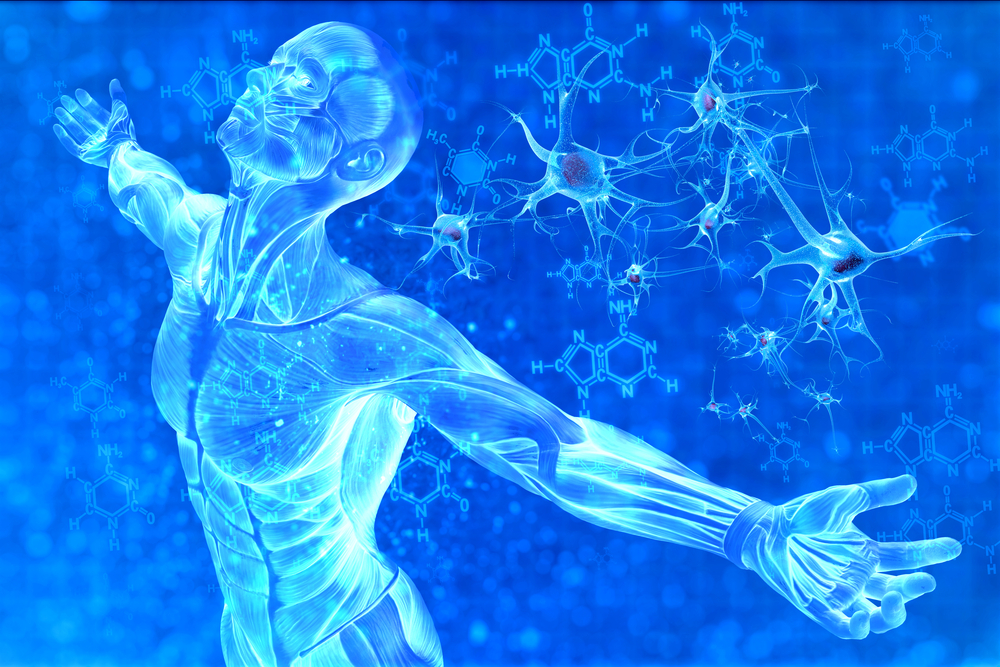Potential for Muscular Dystrophy Treatment Seen in Engineered Skeletal Muscles

Duke University graduate student Mark Juhas is engineering a highly functional skeletal muscle tissue that has shown great promise and might constitute a valuable model for treatment of muscular dystrophy and other disorders, such as myositis, the inflammation and deterioration of the muscle tissue.
According to the National Institute of Neurological Disorders and Stroke, muscular dystrophy is part of a group of more than 30 genetic diseases characterized by the progressive degeneration and weakness of skeletal muscle that controls movement. MD diseases comprise a diversified group of disorders with different symptoms, severity and target groups, but none of them has a specific treatment to reverse it.
Juhas says the main goal is to engineer functional skeletal muscle that is capable of self-repair in lab dishes, along with survival, regeneration, vascularization (formation of blood vessels) and maturation in living people.
“We’re trying to engineer skeletal muscle as a whole tissue to make it as functional as possible, as well as recreating other natural aspects of the muscle — most importantly its ability to regenerate,” Juhas said in a press release. He hopes that, if successful, his project can be used by other research teams in the search for muscular dystrophy therapies as an in vitro model system or even used for muscle replacement therapeutics.
Juhas has tested his method both in vitro, in lab dishes, and in vivo, in animal models, and both approaches have been successful. In the dish setting, the stem cells within the engineered muscle tissue were able to regenerate following injury, and the muscle was able to recover contraction abilities. Mice were implanted with the engineered muscle and the growth of blood vessels and function was monitored through a visualization method that included a calcium indicator containing GPF, a fluorescent protein. The engineered muscle cells showed efficient regenerative skills, with its regenerative time equal to the one necessary for normal animals.
Future plans include longer studies and, instead of the highly regenerative cell types used in these experiments, the researcher wants to apply this model to aging cells to test the model’s regenerative potential.






